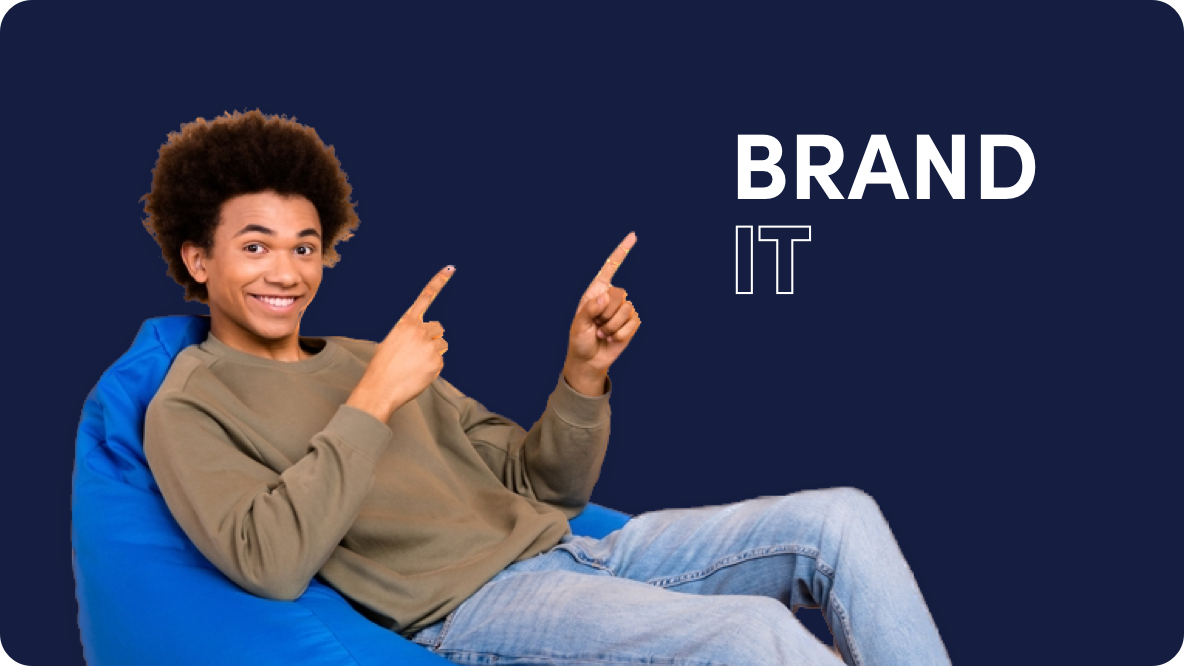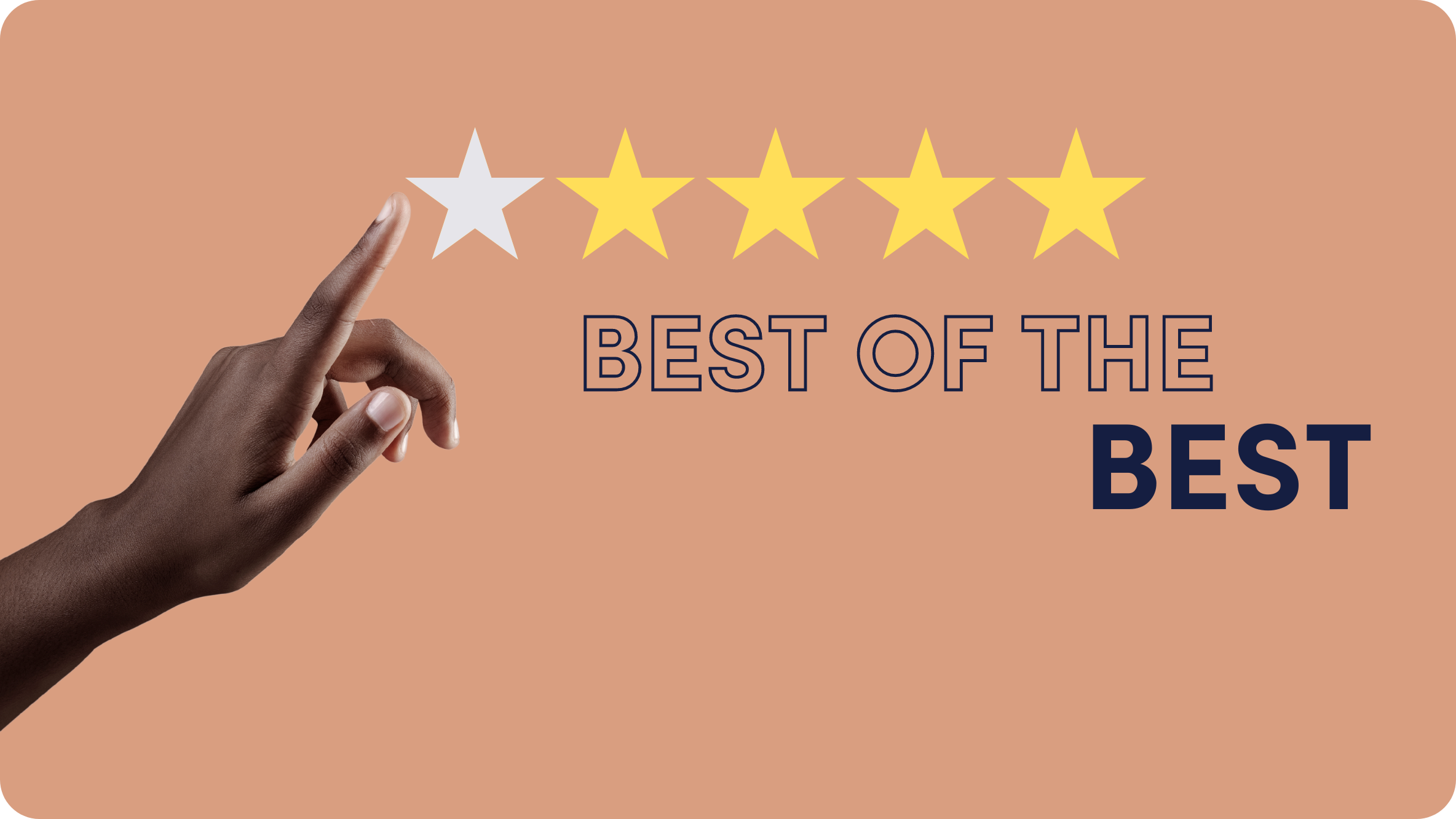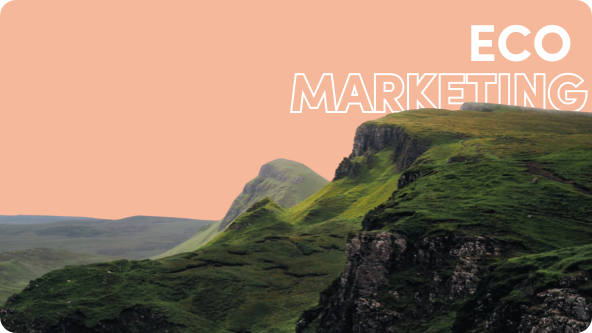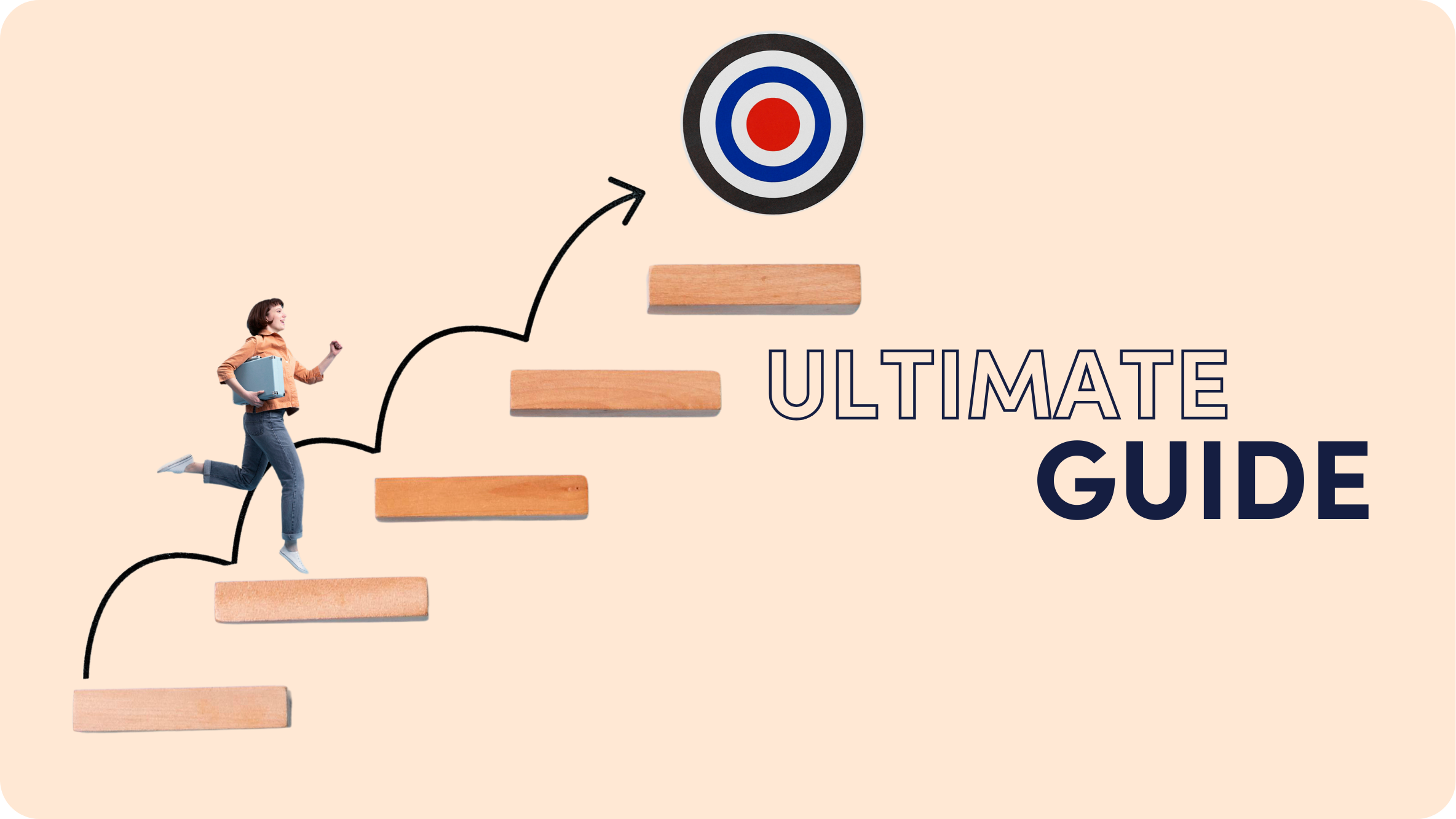How to Increase Brand Awareness
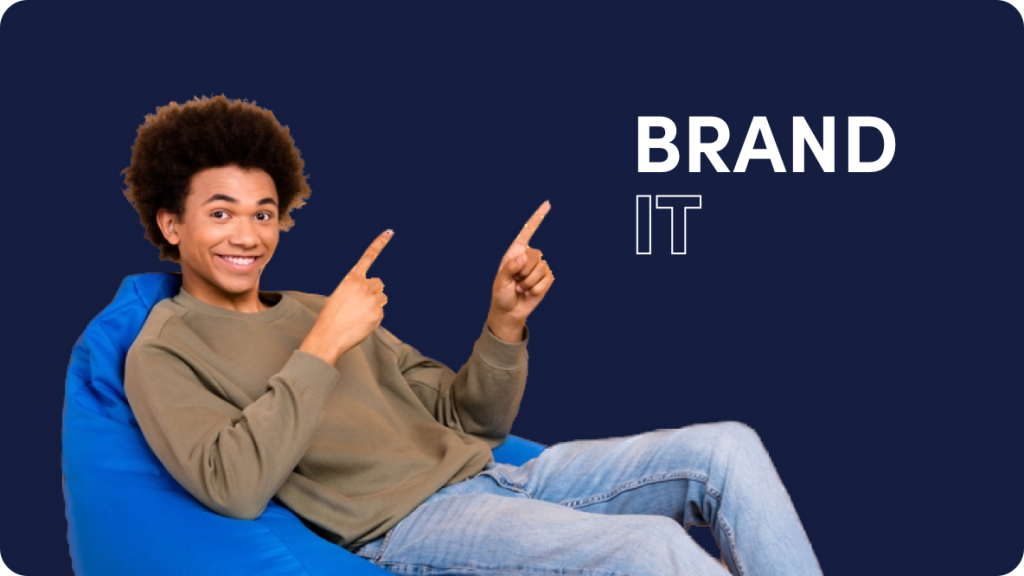
When Gillette designed their very first body-shaving razor, they knew they had something great on their hands.
There was a story behind this product. Men didn’t talk much about body shaving, yet it was something that many men did with whatever tools they had at their disposal – old razors, eyebrow trimmers, even scissors.
Cuts, nicks, and a whole lot of frustration followed. But with Gillette’s new body shaving razor, millennial body-grooming men would have the right tool for the task (if only they knew this tool existed).
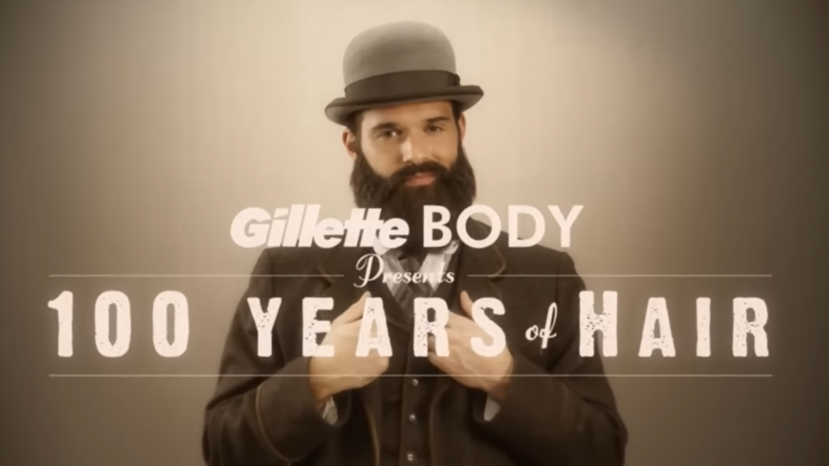
Source: Gillette
With all this in mind, Gillette created a now-iconic YouTube campaign centered around their video “100 Years of Hair”. Garnering a startling 13.5 million views on YouTube, this brand awareness campaign did more than challenge stereotypes around male body shaving.
It generated over 500K clicks-to-buy, obliterating sales expectations by 400% in seven markets around the world. This influence bled over into Search, where Gillette saw a 211% increase in brand searches and a 111% increase in clicks (the highest they had ever had).
You don’t have to be a Fortune 500 company to see serious benefits from a brand awareness campaign, as long as you have the right strategies on your side.
Understanding the Nuances of Brand Awareness
Brand awareness is a fundamental prong of any marketing strategy. It’s the measure of how well a brand is recognized by your target customers, breaking down into three key ingredients: brand recall, brand recognition, and brand association.
When someone can recall a brand, it means they remember the brand’s name, visuals, and the products or services it provides. Brand recognition goes a little deeper; it’s a measure of how well a brand is known and recognized even when the name is not mentioned. Finally, brand association reflects the emotional tie-in, the intangible elements someone associates with a brand. For example, Jeep is known as an adventurous brand designing cars for the days when the road less traveled looks a lot more appealing than the highway.
You want to be the company consumers think of, the brand they run to – the Band-Aid for a stubbed toe, the Google for an unanswered question.
The Role of Content in Increasing Brand Awareness
Content is king. This has been the digital world’s war cry ever since the Internet evolved beyond a few computers connected by tubes. It’s just as, if not more, true today. At its core, content is storytelling. It’s your brand’s opportunity to connect with consumers in a way that resonates with them, leading to long-term brand recognition.
Big-time brands like Google, Nike, and American Express all create content that puts their target audiences in the spotlight. However, the principles they follow are applicable to any business, no matter its size. Here are some examples of how brands are increasing awareness and the tools and platforms they use to succeed.
Visual storytelling – Show, don’t tell
Audi’s core value is innovation, and they sought a partner who could deliver a visual ad experience that brought this brand value to the fore. Outbrain Brand Studio worked with Audi to create an interactive brand messaging campaign aimed at driving website visits. The campaign used native interactions to tell a story, build awareness, and encourage engagement, such as swiping a mobile ad to connect users to a 15-second video showcasing Audi’s new concept vehicle.
By leaning into Audi’s core value of innovation, the result was a punchy video that let users know what to expect from the brand. It’s easy to simply list the ways Audi is pushing the boundaries of their industry, but showing rather than telling allowed users to form an emotional connection that reached past the stats.
The takeaway:
- Lean in. Understand your core values as a brand, and lean in with visual storytelling content. This is an emotive medium, so try to connect with your brand’s story and see it from the eye of a new viewer. Learn more about how Audi and Outbrain did it here.
User-Generated Content (UGC) campaigns
International sustainable packaging brand noissue’s commitment is to making eco-friendly packaging accessible for businesses of all shapes and sizes. Their B2B model encourages businesses to design their own packaging to use day-to-day. Their tagline “your impact, your way” encourages brands to celebrate their uniqueness, so a User-Generated Content (UGC) campaign is a perfect fit.
Using their Instagram platform – which boasts over 450K followers – noissue puts the spotlight on the small-to-medium businesses purchasing packaging through their online store. This encourages brands to consistently tag noissue on Instagram in the hopes of being featured, creates reciprocal partnerships that encourage loyalty, and highlights their dedication to sustainable communities.
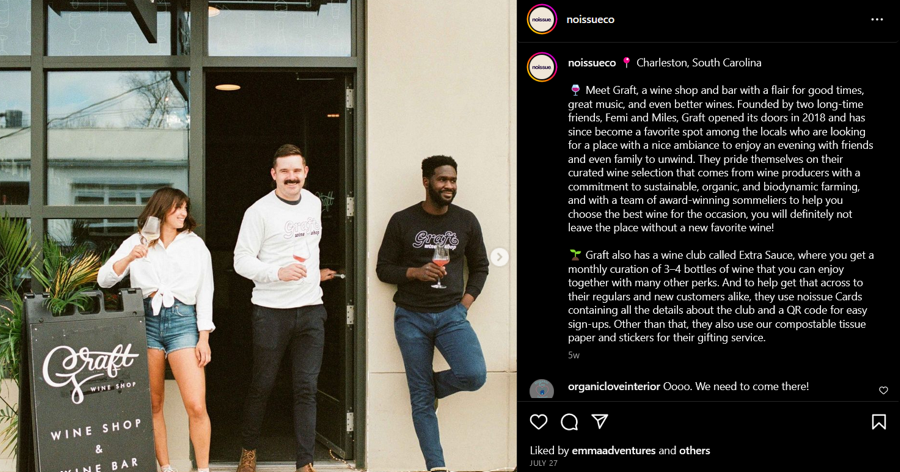
Source: noissue on Instagram
The takeaway:
- Encourage reciprocal relationships with customers on social media. Take the time to highlight success stories regularly, especially if you have statistics to back up how your product contributed to their success!
- Establish clear channels for users. Followers want to be featured, so create clear calls-to-action encouraging them to reach out should they want to be featured on your social media.
Influencer partnerships, with a twist
The influencer market has been steadily growing ever since social media became a part of the mainstream. While partnering with influencers can be a great way to increase your reach as a brand, the real power is in deepening positive brand associations with new audiences.
Gymshark is a popular athletics wear company with a Goliath-sized social media presence. The secret to their success? Dedicating their entire account to showing off fitness influencers who wear their clothing.
Every post to their 6M+ followers highlights one of their rotating casts of influencers to resounding applause. Not only do the posts show the clothes in action, but they generate associations with fitness success, strength, and flexibility (thus tying in with their target audience’s wants and needs).
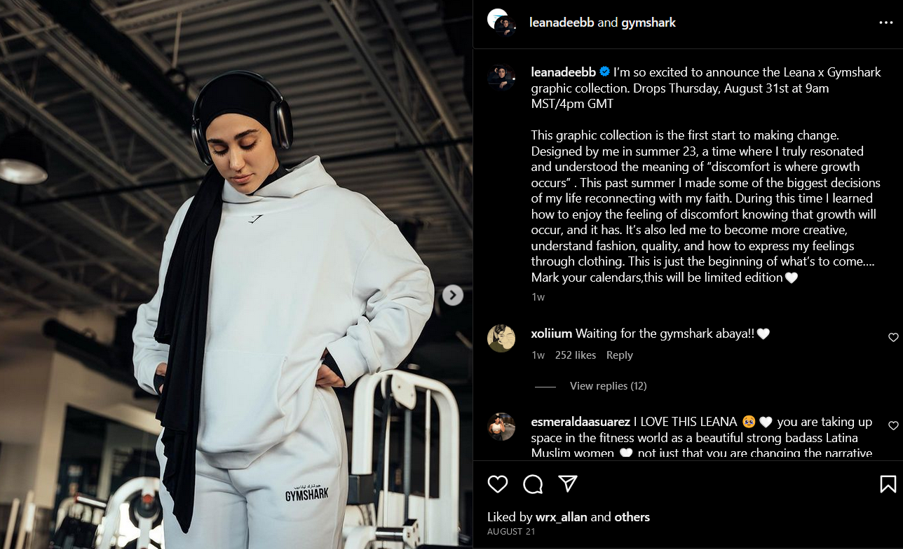
Source: Gymshark x leanadeebb on Instagram
The takeaways:
- Schedule account takeovers with influencer partners. Sponsored posts are the mainstay of the company-influencer partnerships, but allowing an influencer you trust to take over your brand’s social media for a day is a unique opportunity to draw eyes in a new way.
- Grant creative freedom to the influencers on your roster. While it’s important to communicate the messaging you want to see in sponsored content, it’s equally important to let influencers have creative freedom. This helps the endorsement feel organic and authentic, building true connections and trust.
Advanced social media strategies
Social media is a powerful tool in the right hands. Nearly 5 billion people worldwide are on social media networks, making it an accessible and affordable way to reach new and existing customers and build brand awareness. Beyond the fundamentals (like regular posting or linking to other platforms), there are a few advanced strategies that will drive your brand awareness through the roof, if done well.
- Segmented social engagement: Apple is a great example of market segmentation. While they have one product suite, Apple intimately understands how to adapt their marketing to suit different audiences. Gamers and tech-savvy designers are more likely to engage with ads featuring specifications and performance, while casual Apple enthusiasts are looking for a status symbol, an upgrade, and a great aesthetic.
- Dark social: This concept can also be interpreted as ‘word of mouth, but online’. Dark social strategies rely on consumers sharing posts, products, and companies they like in untraceable ways (via private chat, email, or closed online communities). The key to marketing in the dark social arena is to create content geared toward shareability and track your direct traffic, social mentions, and other online signals to understand how effective your efforts are.
- Interactive and immersive experiences: Interactive and immersive experiences encourage your consumers to reach through the screen and engage with content beyond just reading a blog or ad, or viewing a video. The joyful pay-off from interacting with a poll, quiz, or even augmented reality can establish deep emotional connections with a brand, especially if you’re targeting the right audience with your interactive content.
SEO for brand visibility
Organically ranking on search engines is another facet of a holistic brand awareness strategy. While standard keywords are an essential part of search engine ranking, incorporating branded keywords into your SEO strategy will help your business gain better visibility and build awareness when users are searching for the product or service you provide.
Branded keywords are search terms that include the brand name. For example, “best running shoes” is a non-branded keyword, while “best Nike running shoes” is a branded keyword.
By enhancing your branded keyword strategy for SEO, you can gain important rankings when consumers looking for you.
Tools to help you: schema.org, SemRush, Ahrefs
Collaborative brand building
Co-branding is an alliance between multiple brands, involving a collaboration in marketing products or services that results in mutual benefit. Also known as co-marketing, it’s a great way to build brand awareness, enabling each brand to get exposure among new and different audiences. For brands whose audiences have similar or complementary interests and needs, co-branding is an effective way to increase brand awareness and gain new fans.
One example of this is the 2015 collaboration between Starbucks and Spotify. Spotify gave its users incentive to subscribe to Premium and go grab a drink by offering ‘stars as currency’ when subscribing to its Premium service. Meanwhile, Starbucks released its iconic playlist on Spotify so that everyone could listen whenever they wanted.
This kind of partnership drives brand awareness in two distinct audiences. While there might be some overlap, the power of this strategy lies in exposing a partnered brand to your audience and garnering new customers from them (and vice versa).
Data-driven optimization
The measure of a brand awareness campaign’s success doesn’t lie in just one metric. Continually keeping your finger on the pulse of your campaigns is key to adapting and improving as you go, picking up new strategies along the way.
Which KPIs should be monitored for optimization of brand awareness campaigns? Here are the main ones:
- Website visits: Tracking site traffic will help you understand how well your brand awareness efforts are performing. Increased web visits mean that the audience is becoming more aware and interested. Keep an eye on what users do once they land on a page; how much time do they spend on page, how many visitors bounce? This will indicate whether your website content is on the mark.
- Branded search results: Investigate how often consumers are searching for keywords related to your brand, including products or services beneath your umbrella. Consider optimizing for misspellings or specific highly-rated products on relevant pages of your site.
- Video completion rates: The higher your video completion rates, the more likely your brand messaging will sink in. Analyze the demographics of the users watching your videos to the end and adapt either your messaging or your targeting as needed to increase awareness potential.
- Social media engagement: Follow count, likes, comments, and shares are all powerful measures of how well your social media brand awareness efforts are doing.
- Blog traffic: A blog is a great tool to build authority in your niche, and create brand awareness among readers who are interested in the topics explored on the blog. Track your blog visits, popular topics, and high-ranking blog posts, and continually optimize to drive more traffic.
- Online mentions: Social listening is really important to gain insights into the conversations (or lack of) around your brand and products. Use tools like Mention.com to track how consumer sentiment is trending so you can adapt your brand awareness strategies accordingly.
You don’t have to have millions of dollars to nail your brand awareness strategies
Gillette, Google, Gucci – these companies are ideal examples of how to do brand awareness and win. However, unlike them, you don’t need the biggest budget to drive brand awareness. The playing field is more level than ever, with social media, native advertising, influencer marketing, and other tactics at your disposal. Use the advanced strategies above to move and shake your brand awareness just like the big players (and achieve great results).
